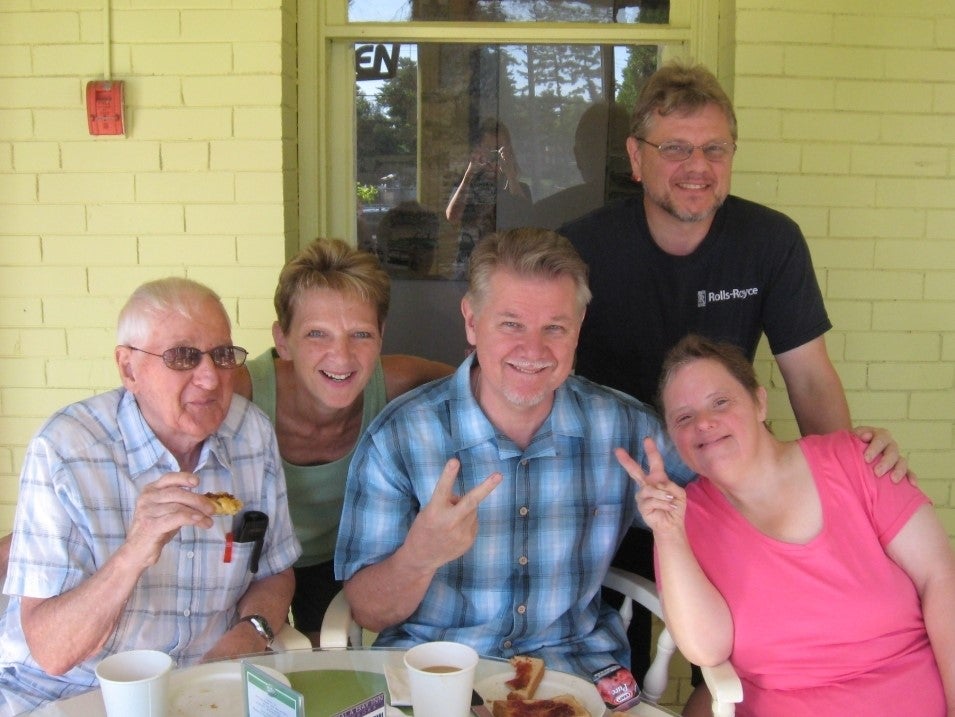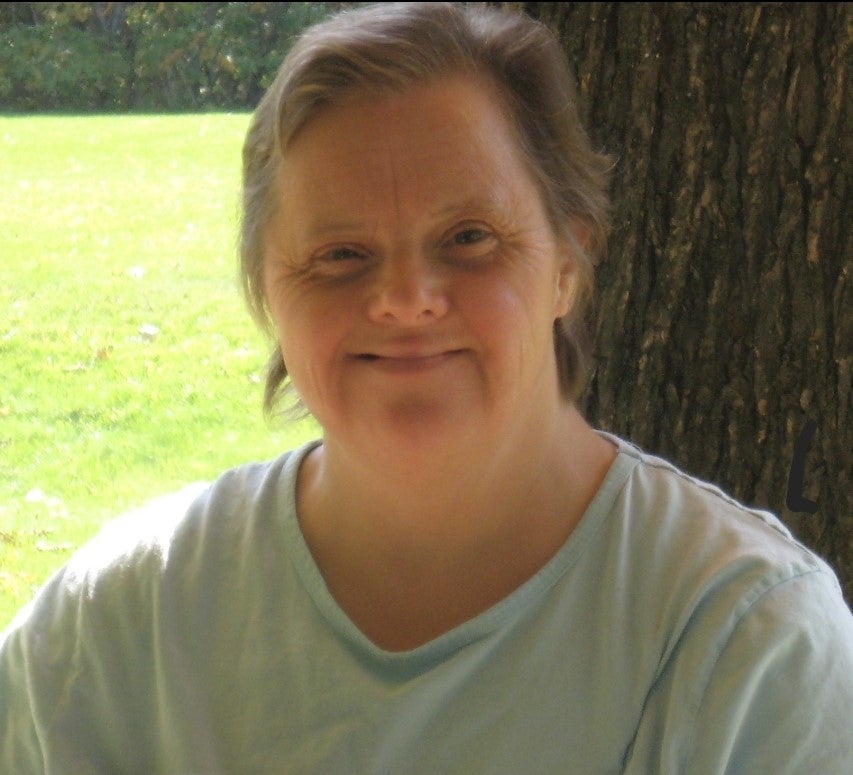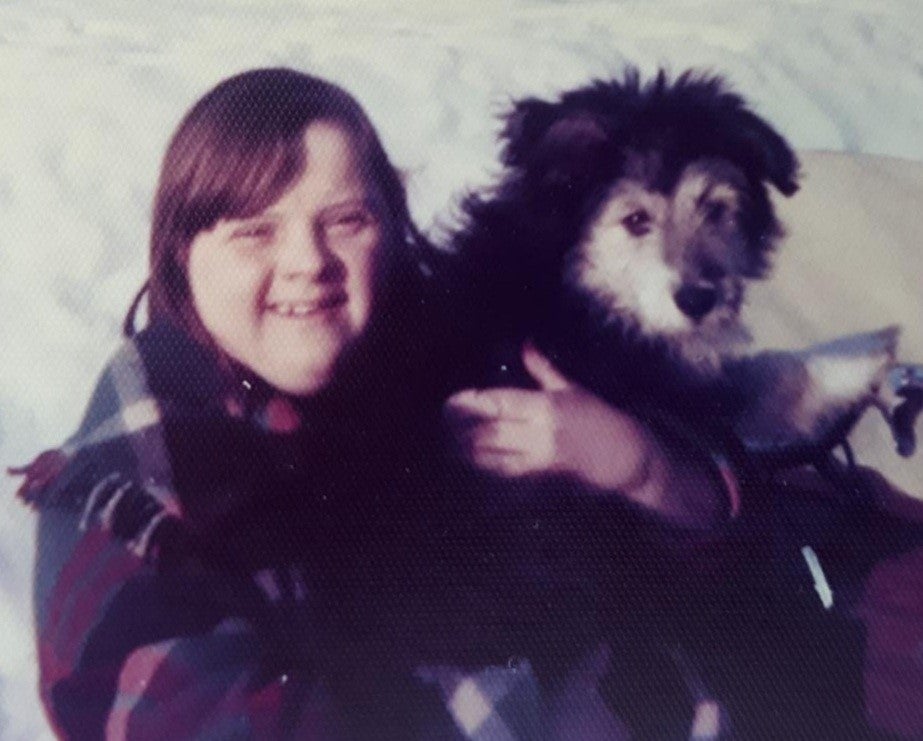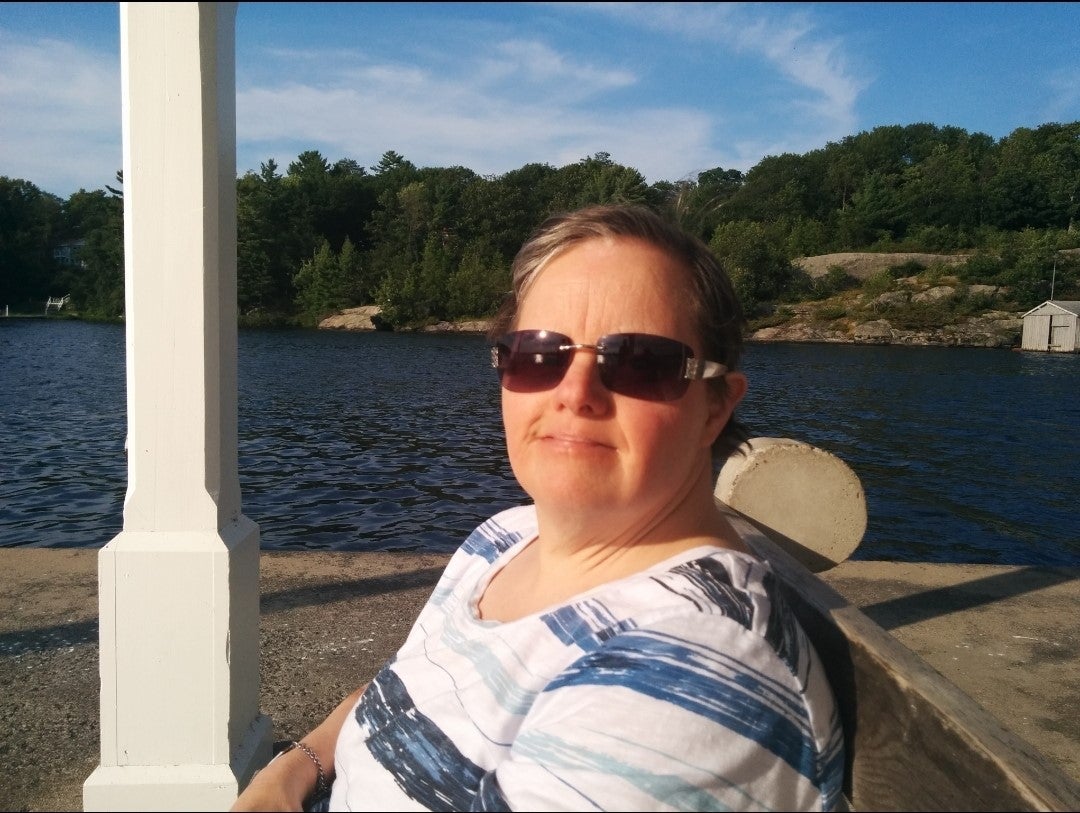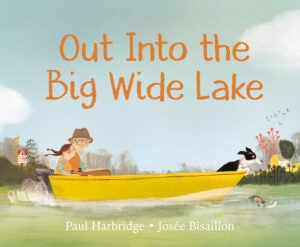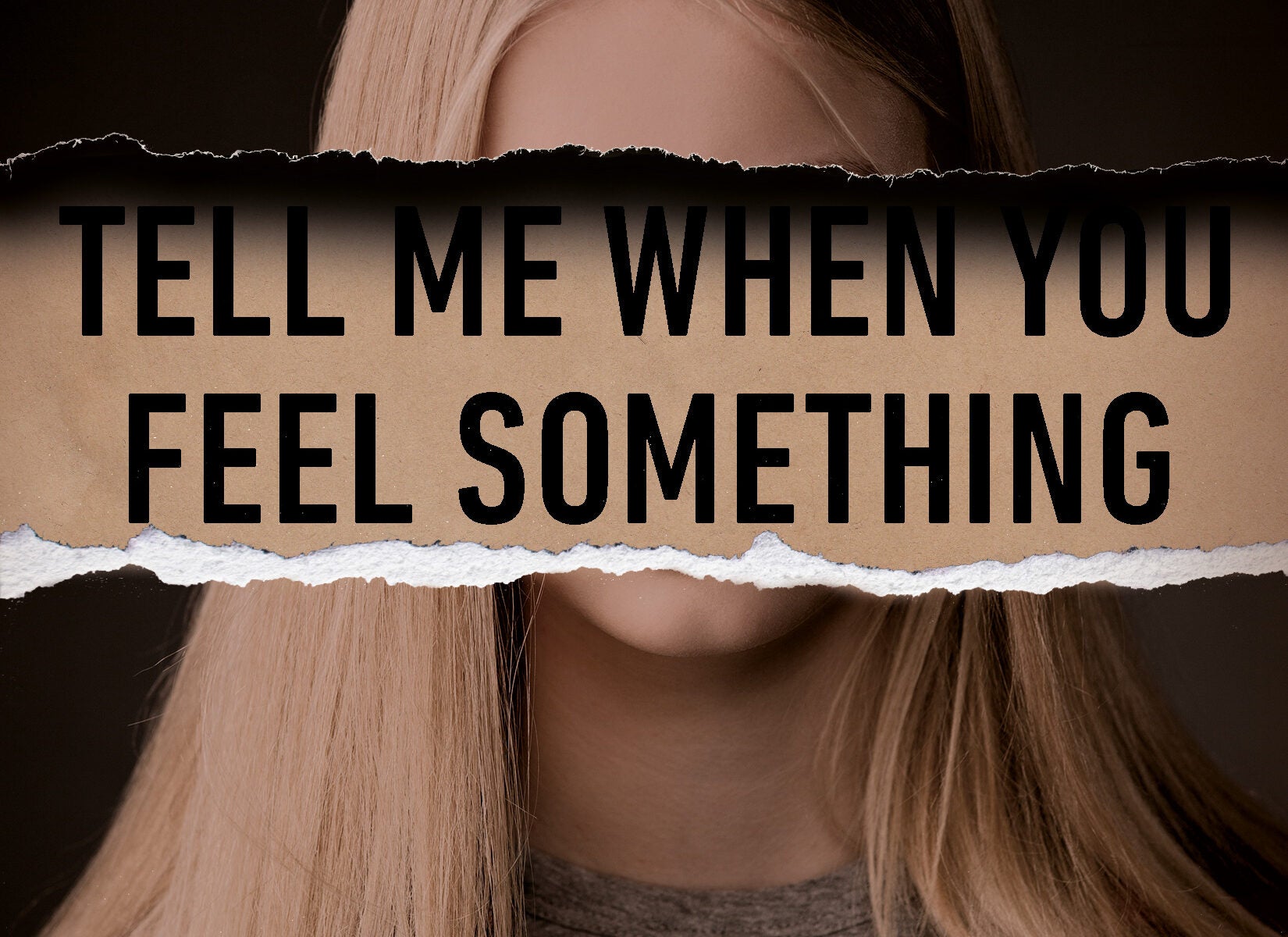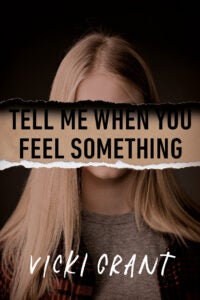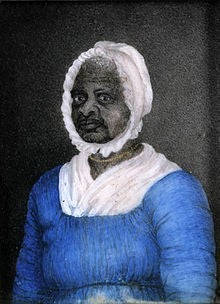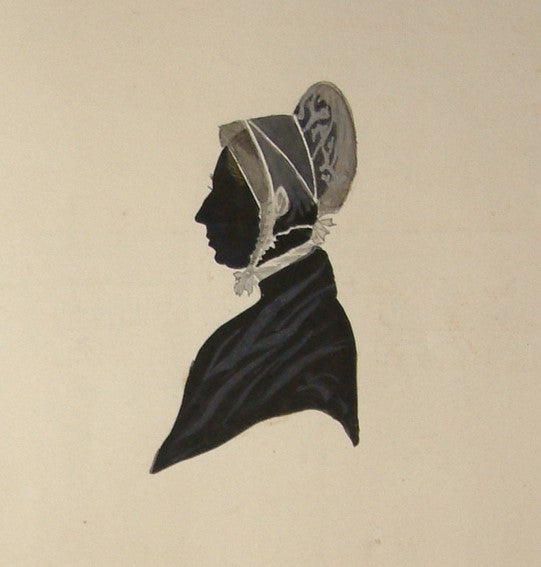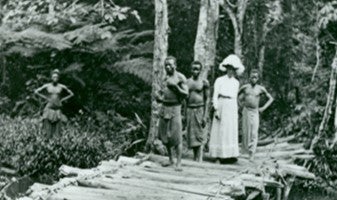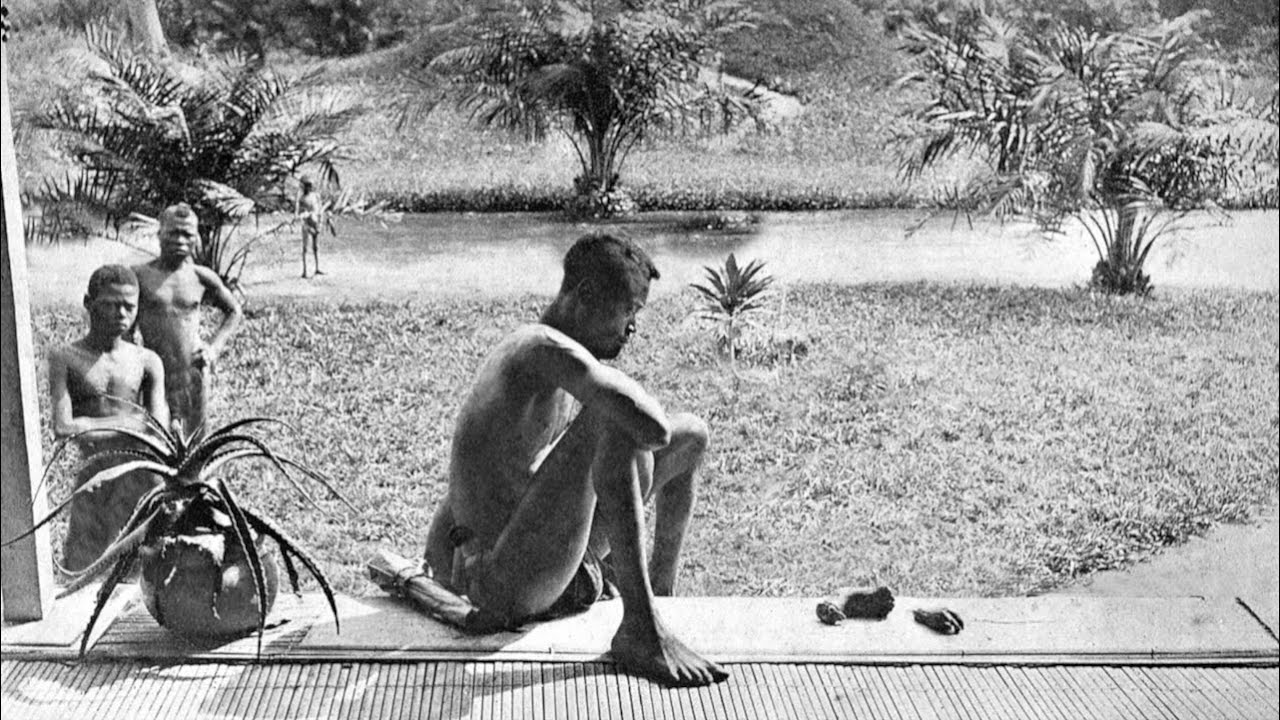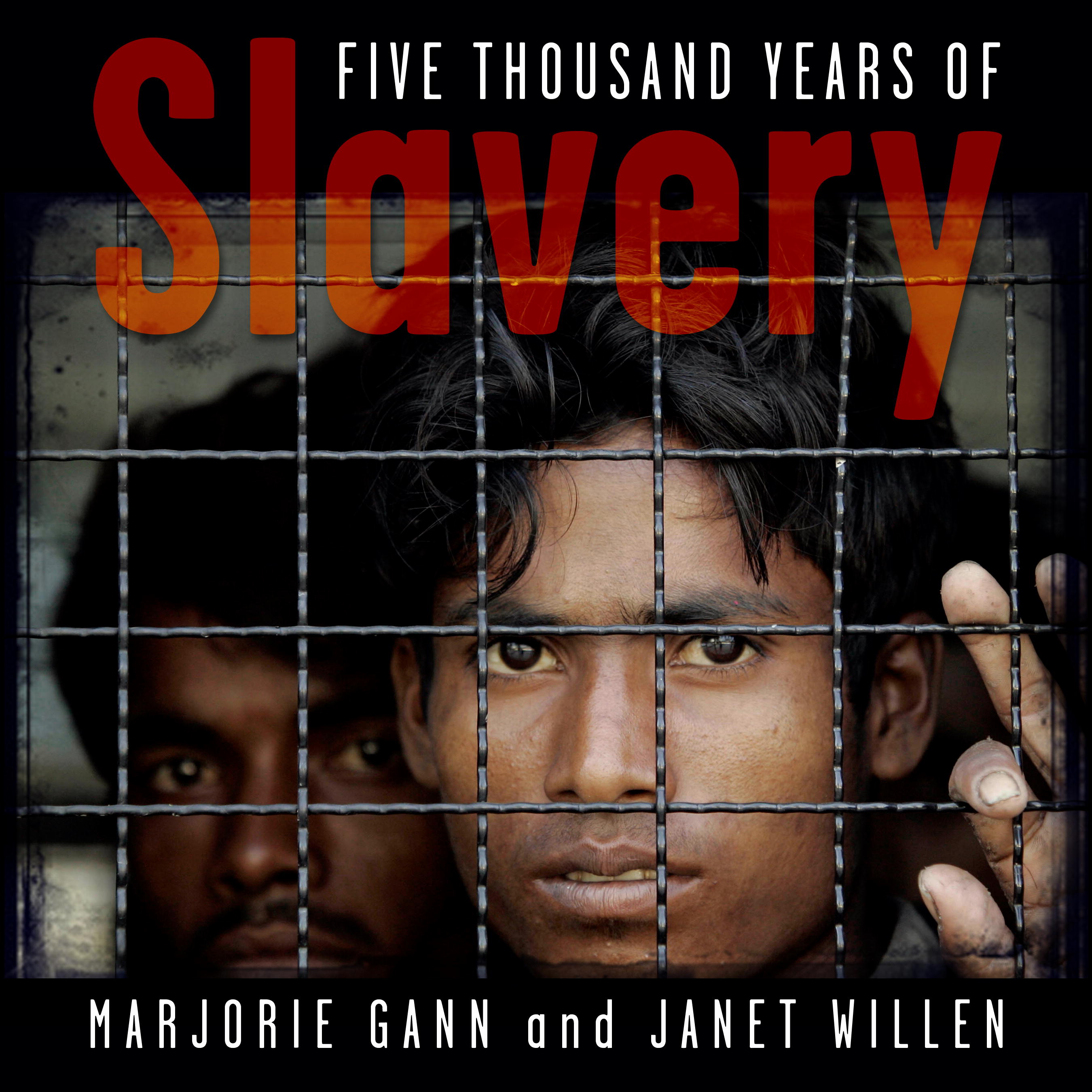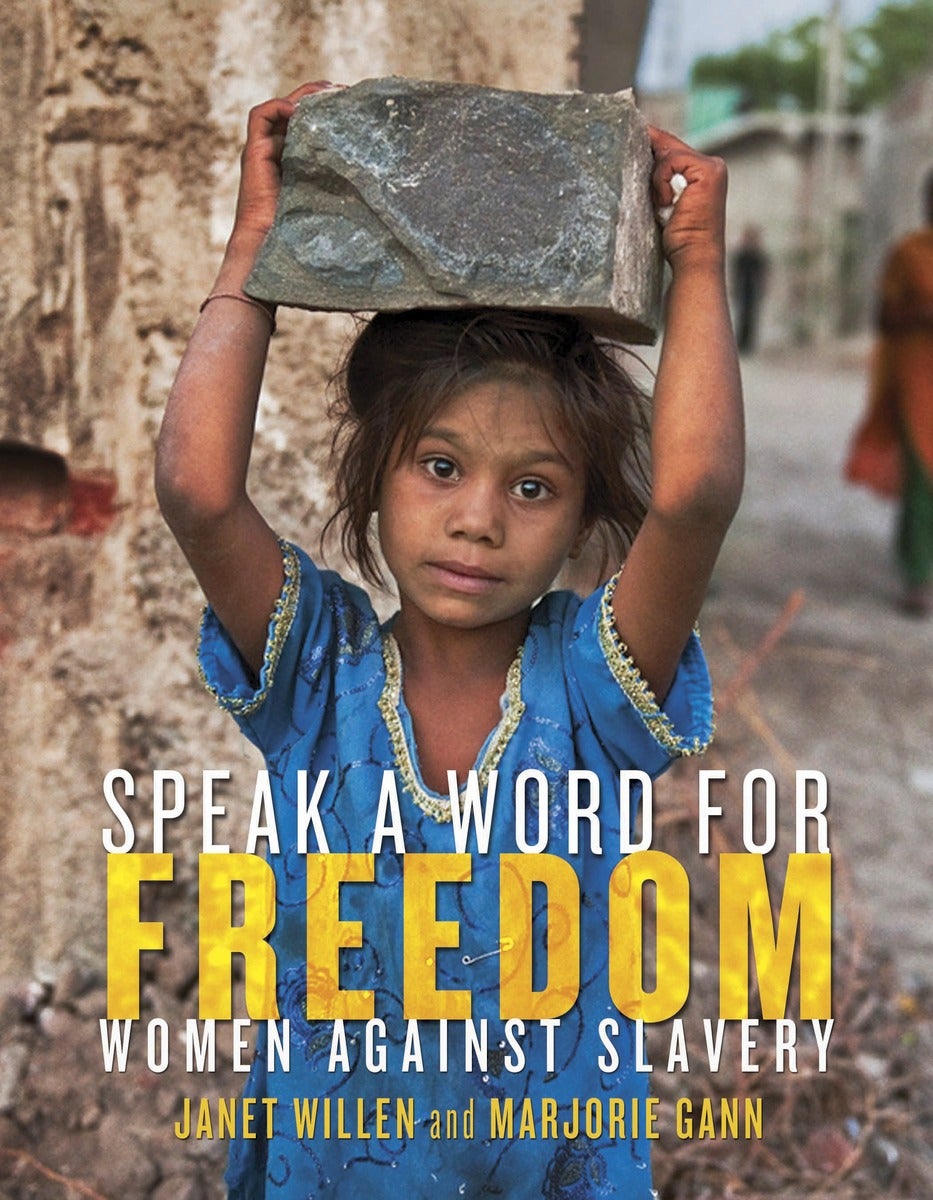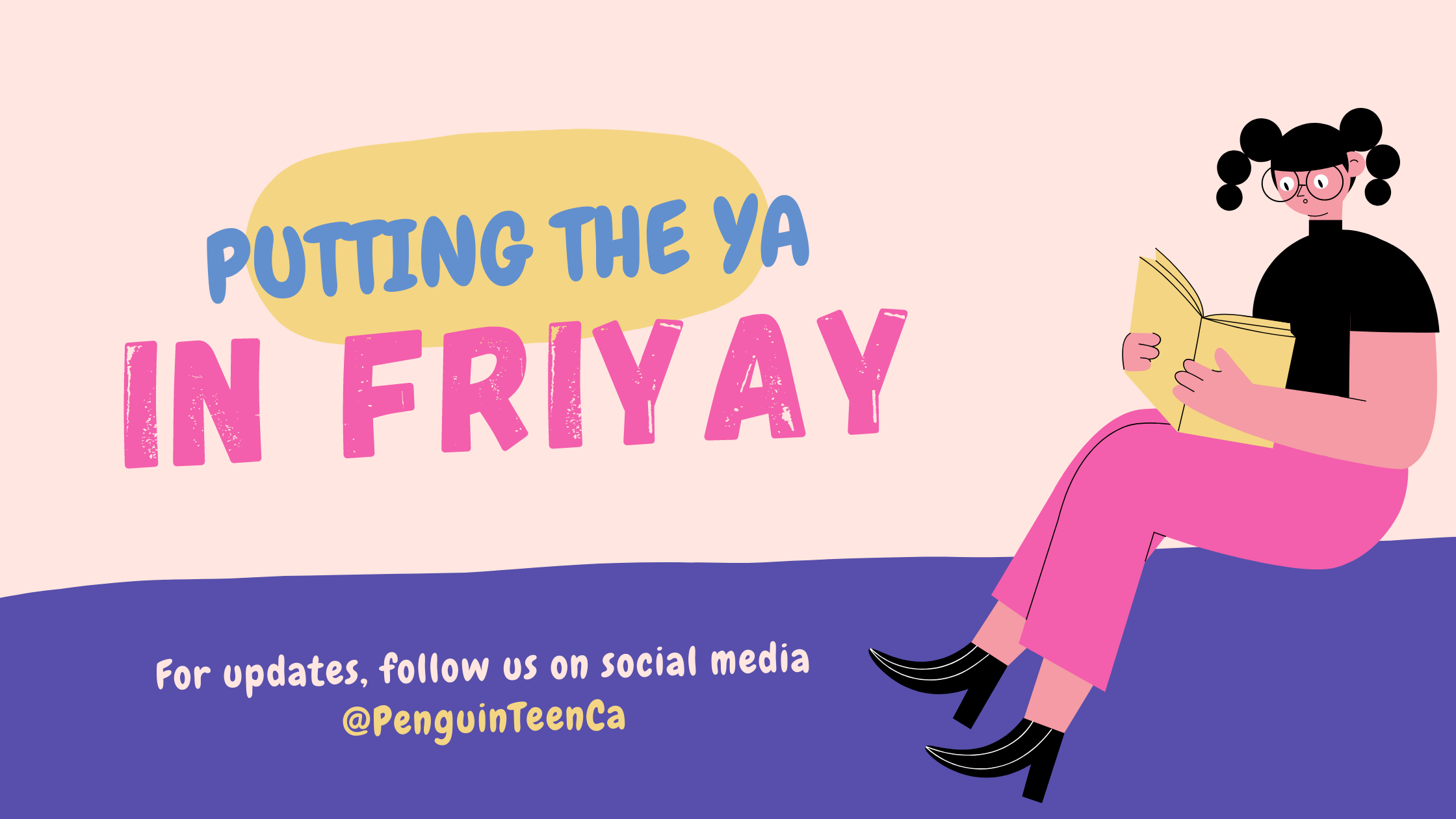
We’re honored to have a guest post from the incredible Camryn Garrett today! Camryn is the author of Full Disclosure and the new Off the Record, both of which deal with heavy topics (HIV and #MeToo, respectively) and they’re well worth the read. Keep scrolling to hear a bit from Camryn herself!
Q&A with Camryn Garrett
Tell us a little bit about the book! What inspired you?
Off the Record is about a teen journalist named Josie who wins a contest to cover a press tour for a new movie, but while on her journey, she discovers a sexual assault scandal and must decide whether or not to use her voice to try to expose it.
As for what inspired me, I had really been wanting to write something about a teen journalist because I had that experience. With MeToo all over the news, I had been thinking about those stories and the way they were reported. There was a lot of emphasis put on the survivors who came out with stories first, but even when other celebrities, like Gwenyth Paltrow, shared their stories, they all seemed to be white. There were women like Salma Hayek and Lupita Nyong’o who also had Weinstein stories, but to me, they were reported almost as an afterthought. I wanted that to be addressed in the story; is it because there are less WOC who have been abused? Because they’re uncomfortable speaking with the (usually white) reporters? What dynamics are there?
You’ve said that this is your most personal book. How are you and Josie similar? Different? Do any of the other characters share parts of you?
My friend picked up the book the other day and said, “I really feel like Josie is you.” It’s kind of embarrassing because it’s so personal. Josie and I both struggle with anxiety and fatphobia. When I was her age, I also wanted to leave my town, and I also was a teen journalist. Neither of us went to prom! We’re both into film and journalism. We both have rather interesting relationships with sisters. Her really horrible experiences in middle school were based on mine. There are many similarities.
On the other hand, I don’t think I’m as shy as she is. I had great friends in high school while she didn’t. I think she’s really great at establishing trust and soothing people, while I find it pretty difficult to be comforting. While she’s into film, I don’t think she actually wants to make them, whereas I do. My parents also never would’ve let me go on this adventure that she gets to experience!
I think all of my characters have some part of me, even if it’s just the ugly parts. I also relate a lot to Alice as a big sister. Even though she and Josie don’t really get along, I understand how hard it is to try to get along when you feel so different from your younger sibling. The awkward ways she tries to comfort and support Alice definitely stem from my interactions with my own sister.
The book also looks at “problematic faves” – have you personally had to reckon with any problematic faves of your own?
Yes, I think that’s something we all have to deal with! The problematic faves mentioned in the book were drawn from my own. I really love Hitchcock, but it’s also hard to forget how he treated his female leads, and I try to remind myself of that when I watch his work. I also love many movies Harvey Weinstein and Scott Rudin have produced. I think it feels more and more impossible to only watch work by “good” people when producers like Weinstein and Rudin really worked on everything. I don’t believe in separating the art from the artist, though I try to think really hard about who worked on films and how that influenced the way we not only see the movie in a cultural sense, but how the cast and crew were treated.
So far, your books have tackled the #MeToo movement and life as an HIV-positive teen. What other social issues (for lack of a better term) are you hoping to include in future YA novels?
I’m honestly not really sure yet! There are “big” issues I feel I can center books around, and then issues I try to sneak in, if that makes sense. Off the Record tackles #MeToo but also things like fatphobia and mental health. I really want to write about colorism, but I’m not sure if I could center an entire plot around that. Stay tuned!
How do you balance writing and school? Like Josie, do you struggle with people not taking you seriously because of your age, despite your talent?
I want to give a positive answer and say that I just schedule myself to death. But the truth is, even with my schedules, it can be really overwhelming at times. It’s finals season right now and I’ve definitely had a hard time balancing book stuff and college. That being said, it’s definitely more manageable when you aren’t releasing a book around midterms or finals!
I think some people in the actual industry might take me less seriously, but people I interact with daily tend to be a lot more impressed. I always forget how impressive my accomplishments are until I speak to one of my mom’s friends or let one of my professors in on my secret. They’re always so excited for me!
Normally, though, I don’t really tell any of my professors or classmates about my books. I don’t want it to color their perception of me. When my professor who doesn’t know about my books tells me that I’m really talented, it means so much, and I know it’s not just because they’re impressed by my writing.
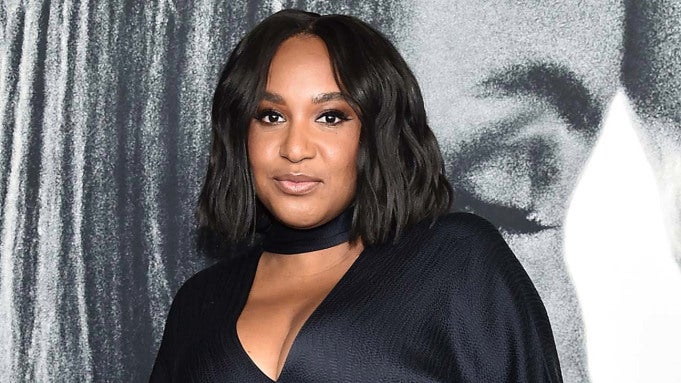
Who would be your dream person to profile? An actor, musician, artist, etc?
My dream person would probably be Stella Meghie. She’s a Black director from Canada who has made films like Everything Everything, Jean of the Joneses, and The Photograph. Right now she’s working on a biopic of Whitney Houston! She’s gotten so much amazing work since her debut film, which I don’t think I’ve ever seen for Black women in this field, and I love that she’s able to work in both the independent and studio worlds. I’d mostly want to talk to her for selfish reasons.
Pandemic question: What’s the one thing you just can’t live without these days?
The podcast WhoWeekly. I very eagerly anticipate it every week!
Thanks for joining us, Camryn! Off the Record and Full Disclosure are out now, make sure you pick them up from your favorite bookstore!
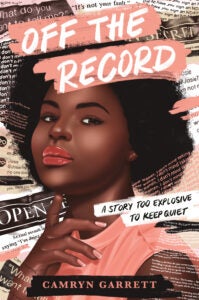 Off the Record
Off the Record
By Camryn Garrett
320 Pages | Ages 14+ | Hardcover
ISBN 9781984829993 | Knopf BFYR
Ever since seventeen-year-old Josie Wright can remember, writing has been her identity, the thing that grounds her when everything else is a garbage fire. So when she wins a contest to write a celebrity profile for Deep Focus magazine, she’s equal parts excited and scared, but also ready. She’s got this. Soon Josie is jetting off on a multi-city tour, rubbing elbows with sparkly celebrities, frenetic handlers, stone-faced producers, and eccentric stylists. She even finds herself catching feelings for the subject of her profile, dazzling young newcomer Marius Canet. Josie’s world is expanding so rapidly, she doesn’t know whether she’s flying or falling. But when a young actress lets her in on a terrible secret, the answer is clear: she’s in over her head. One woman’s account leads to another and another. Josie wants to expose the man responsible, but she’s reluctant to speak up, unsure if this is her story to tell. What if she lets down the women who have entrusted her with their stories? What if this ends her writing career before it even begins? There are so many reasons not to go ahead, but if Josie doesn’t step up, who will?
Also by Camryn Garrett:
 Full Disclosure
Full Disclosure
By Camryn Garrett
320 Pages | Ages 14+ | Hardcover
ISBN 9781984829955 | Knopf BFYR
Simone Garcia-Hampton is starting over at a new school, and this time things will be different. She’s making real friends, making a name for herself as student director of Rent, and making a play for Miles, the guy who makes her melt every time he walks into a room. The last thing she wants is for word to get out that she’s HIV-positive, because last time . . . well, last time things got ugly.
Keeping her viral load under control is easy, but keeping her diagnosis under wraps is not so simple. As Simone and Miles start going out for real-shy kisses escalating into much more-she feels an uneasiness that goes beyond butterflies. She knows she has to tell him that she’s positive, especially if sex is a possibility, but she’s terrified of how he’ll react! And then she finds an anonymous note in her locker: I know you have HIV. You have until Thanksgiving to stop hanging out with Miles. Or everyone else will know too.
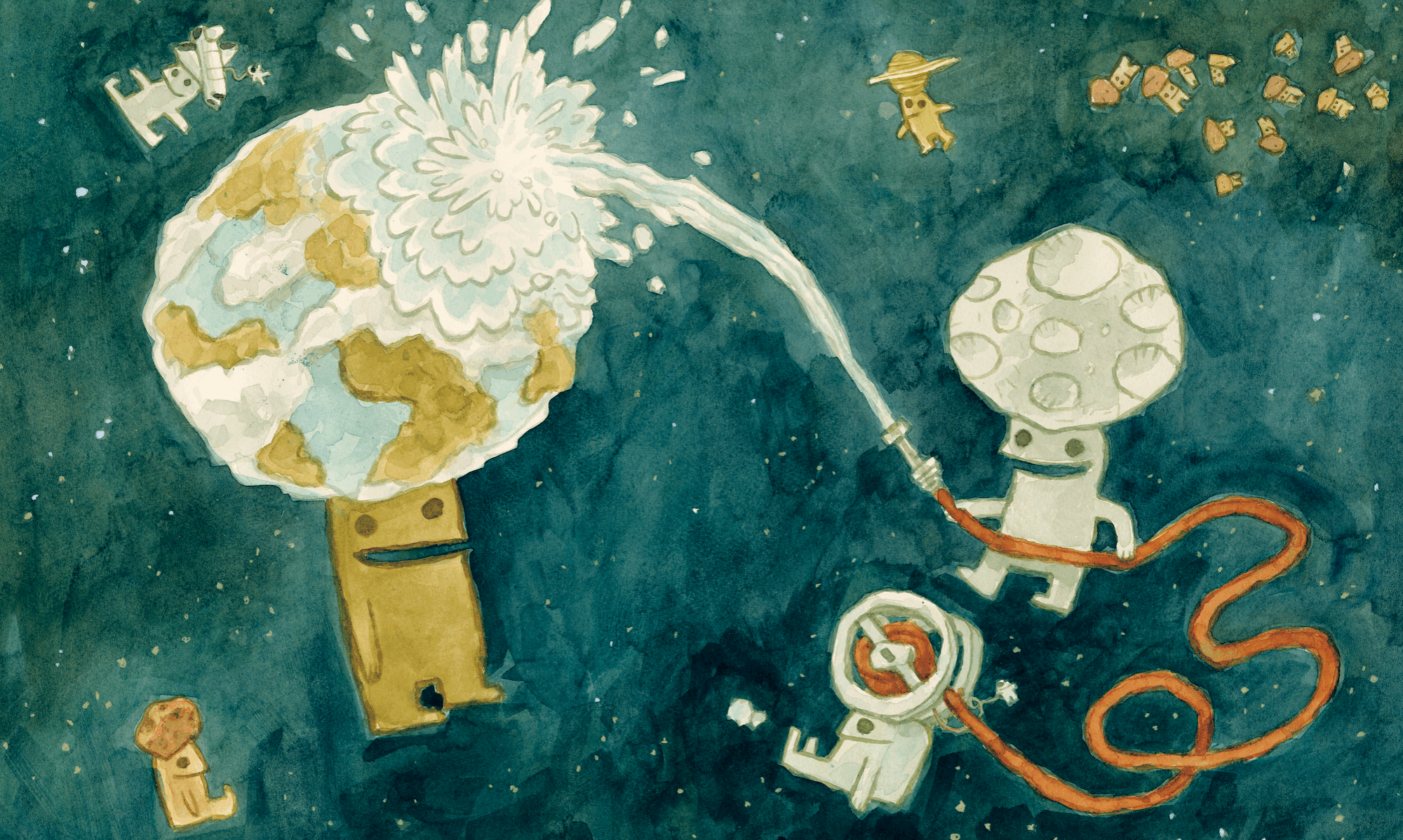
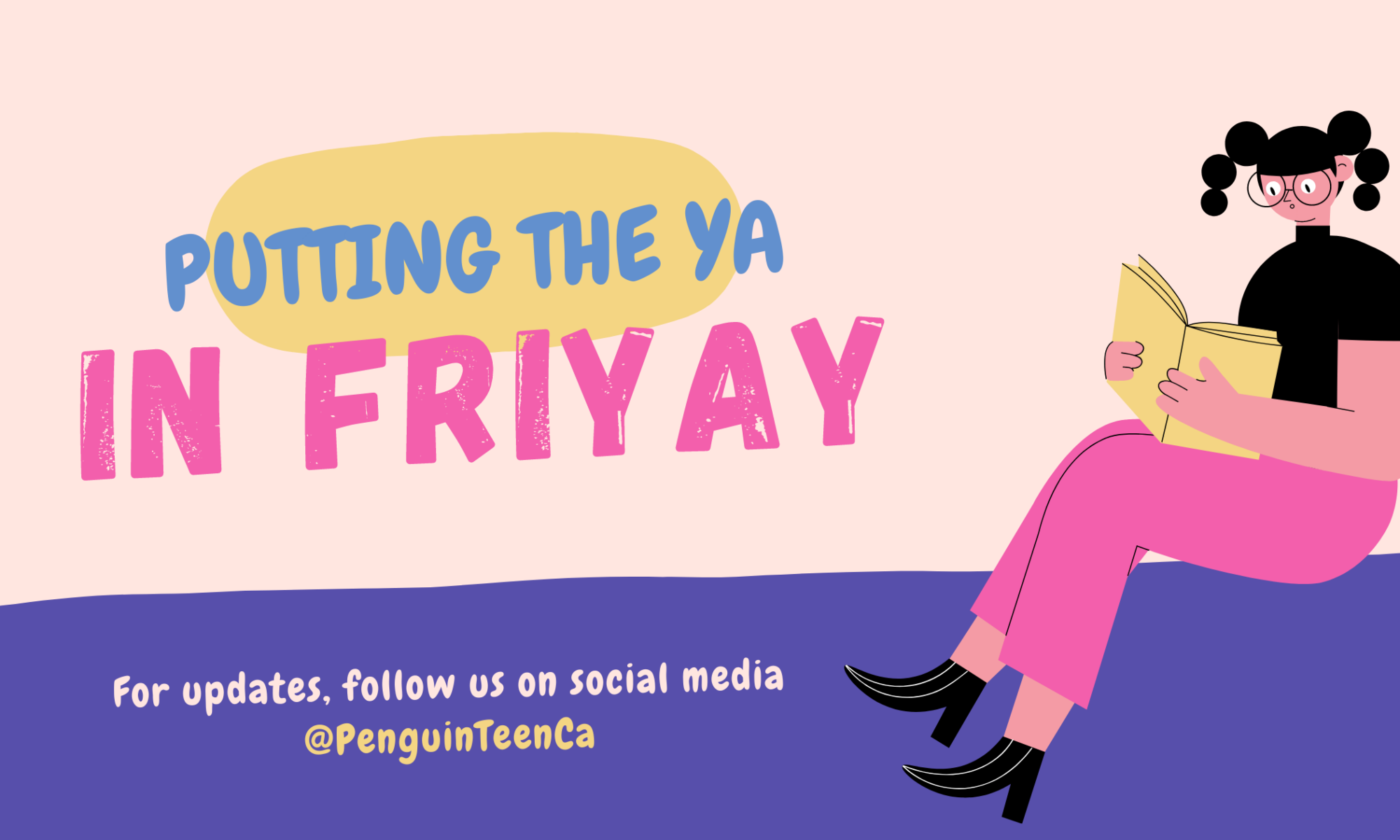

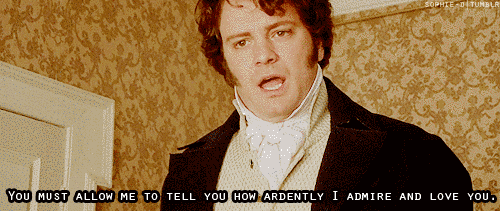


 Today is
Today is 